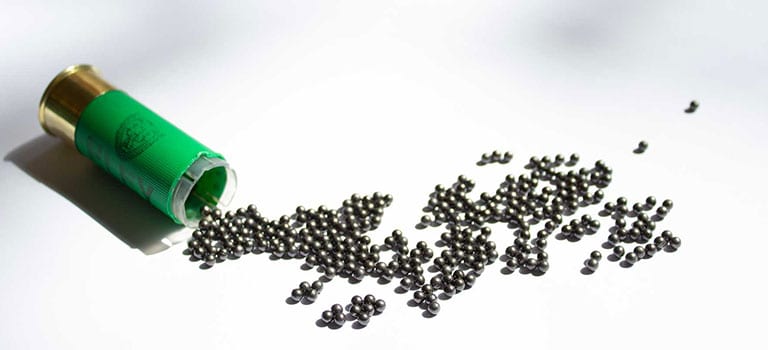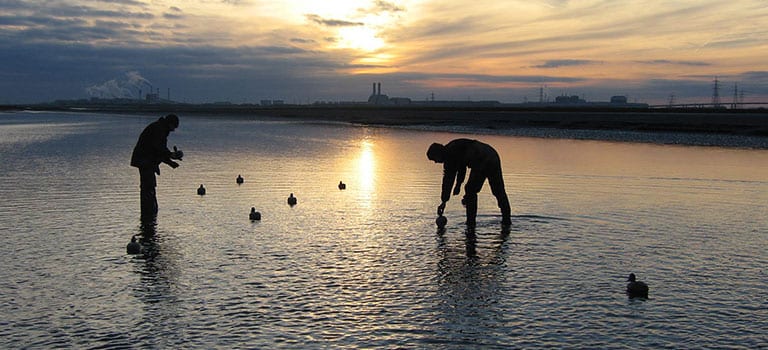
Matt Ellis
BASC head of science, experienced game and pigeon shooter.
Steel can penetrate better than lead by cutting through feathers, rather than balling them up and dragging them in to the wound. We’ve found that lead can lose 30% of its energy this way.
The powders and the quality of factory loads have also increased significantly, and to get the best from modern steel loads I would recommend an increase of two shot size compared to the equivalent lead load. Remember, though, that whatever shot material you use, the bigger the pellet the heavier the load required in order to give you the necessary pellet count. Pattern your own gun with whatever you decide to use so you can find out how your cartridge and choke performs at the ranges you shoot at.
My observations:
- 5s and 4s are a great pigeon and teal cartridge in 32g to 36g loads.
- 4s and 3s offer increased velocity and will do the job perfectly on pheasant or mallard in 32g to 36g loads.
- 3s, 2s and 1s are for those high-flighting birds or geese, in 34g to 42g loads.
The biggest drawback of steel ammunition is the requirement for a plastic wad. BASC is working with numerous cartridge manufacturers to encourage the production of biodegradable wad alternatives and a number of options are now on the market.


